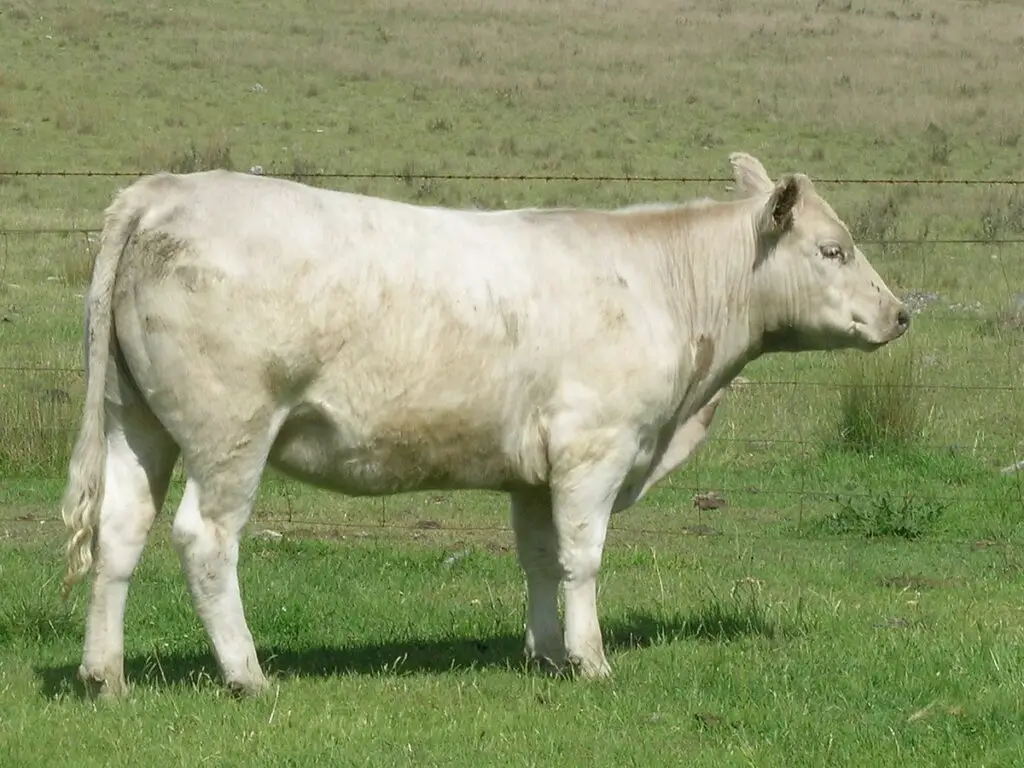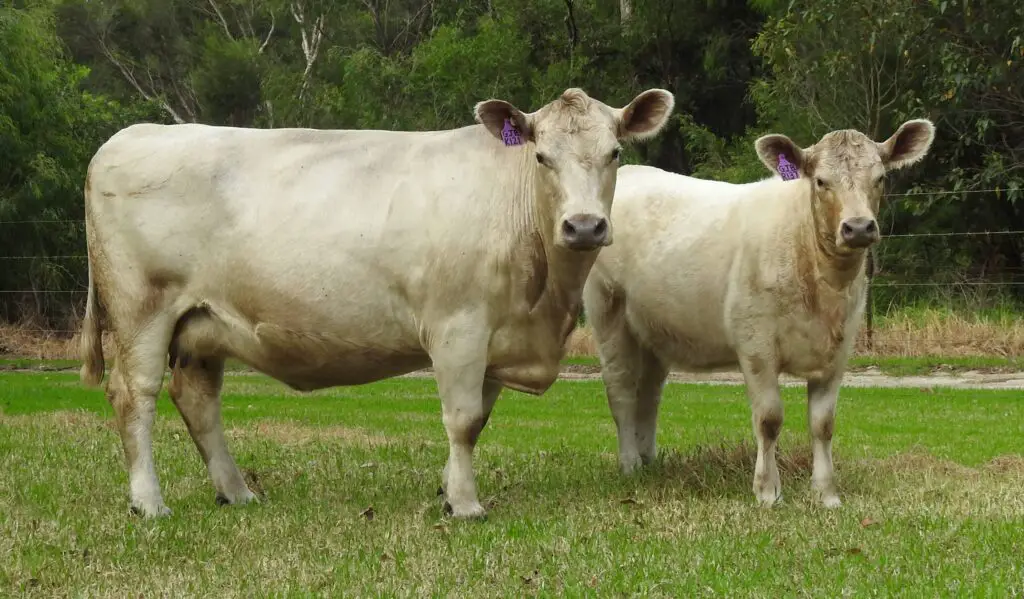
Meet the Murray Grey: A gentle giant sporting a sleek silver-gray coat and producing some of the most marbled beef you’ll find. An accidental discovery Down Under, this breed is turning heads and winning hearts on farms around the globe. Could this be the perfect addition to your herd? Let’s explore everything there is to know about the Murray Grey and find out!
Origin of Murray Grey Cattle
The Murray Grey story begins along Australia’s Murray River in the early 1900s. A light-colored Shorthorn cow unexpectedly gave birth to a gray calf sired by a black Angus bull. This natural crossbreeding laid the foundation for the breed. Farmers noticed the hybrid’s good qualities, leading to selective breeding and the official recognition of the Murray Grey.
Characteristics
- Signature Silver: Their most striking feature is their coat, ranging from light silver to dark gray, sometimes near black.
- Polled Power: Most Murray Greys are naturally polled (hornless), a safety advantage for handlers and the cattle themselves.
- Well-Built for Beef: They have a muscular and moderately-sized build designed for meat production.
- Easy-Going Nature: Murray Greys are widely known for their docile and easy-to-manage temperament.
Advantages And Disadvantages Of Murray Grey Cattle
Murray Grey Cattle: Advantages
- Meat That Melts in Your Mouth: Their superior marbling (fat within the muscle) equals juicy, tender, and incredibly flavorful beef.
- Gentle Giants: Their calm personalities make them less stressful to work with than some other beef breeds.
- Calving Champions: Murray Greys are famous for easy, unassisted calving, saving on labor and reducing risks.
- Climate Tolerance: They adapt well to various climates and weather conditions.
Murray Grey Cattle: Disadvantages
- Finding Your Herd: They can be rarer than some widespread breeds, depending on your location.
- Coat Color in the Heat: Their lighter coats might need extra shade management in extremely hot areas.
- Marbling Focus: Some breeders emphasize quality over sheer quantity of meat per carcass.
FAQ about Murray Grey
Is Murray Grey beef good?
Absolutely! It’s known for its marbling, tenderness, and flavor – a meat lover’s favorite.
What breeds make up Murray Grey?
Historically, a Shorthorn-Angus cross, with careful breeding since.
What is the difference between Murray Grey and Charolais?
Charolais are larger, leaner, and typically white, while Murray Greys are a signature gray and prized for marbling.
What is the difference between Angus and Murray Grey?
Both excellent beef breeds, but Murray Greys tend to be calmer, calve easier, and are known for marbling (Angus are likely more widespread).
Characteristics Table
| Trait | Description |
|---|---|
| Color | Silver to dark grey (some black) |
| Heat Tolerance | High (due to dark skin pigmentation) |
| Average Weight (cows) | 500-700 kg |
| Average Weight (bulls) | 900-1100 kg |
| Size | Medium |
| Temperament | Docile |
| Maternal Traits | Excellent (easy calving, good milk production) |
| Milk Production | Moderate to high (suitable for rearing calves and potential for dual-purpose systems) |
| Beef Production | High quality, marbled beef with low fat content |
| Other Notable Traits | Early maturing, adaptable to various climates, polled (hornless), good carcass yield, efficient feed conversion |

Conclusion
If you want a beef breed that combines ease of management, delicious meat, and adaptability, the Murray Grey deserves serious consideration. They are an excellent choice for both experienced ranchers and those new to cattle. While they might not be the most common breed, their unique qualities have steadily increased their popularity.
Have you tasted Murray Grey beef or raised these gentle cattle? Share your experiences in the comments below!
